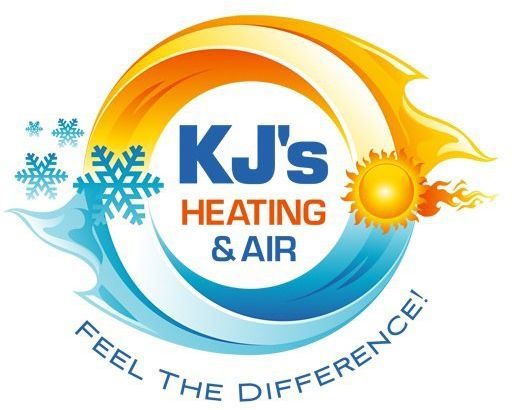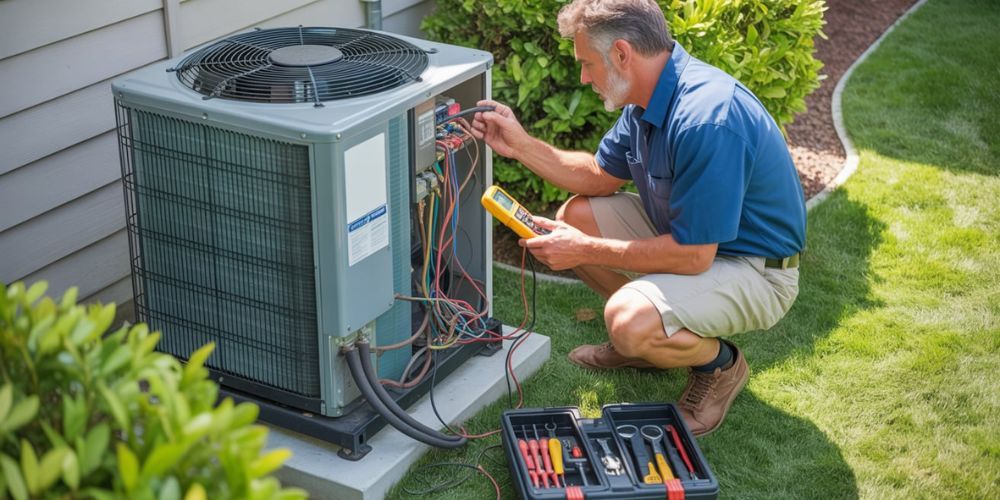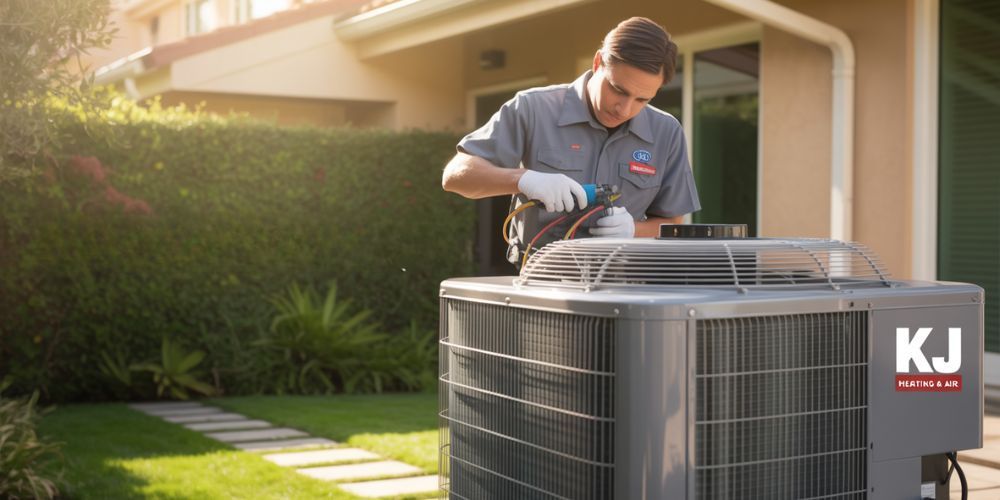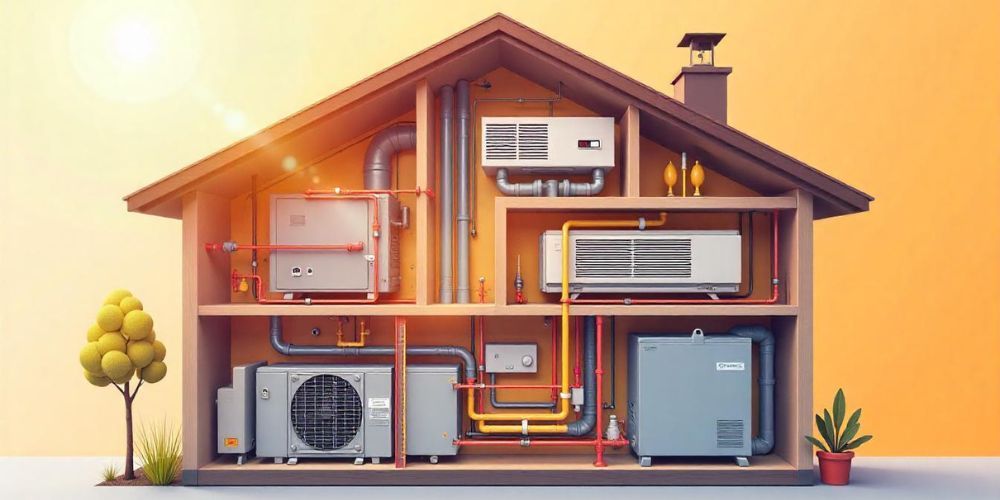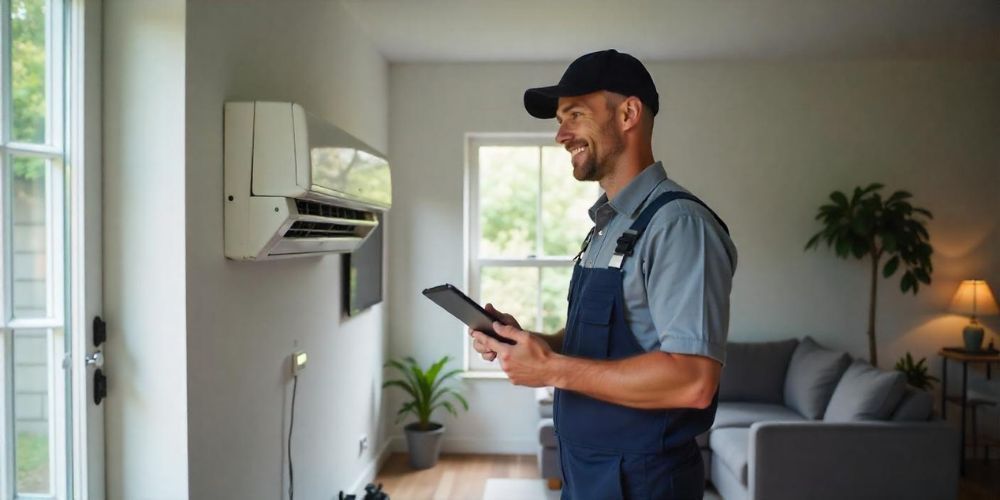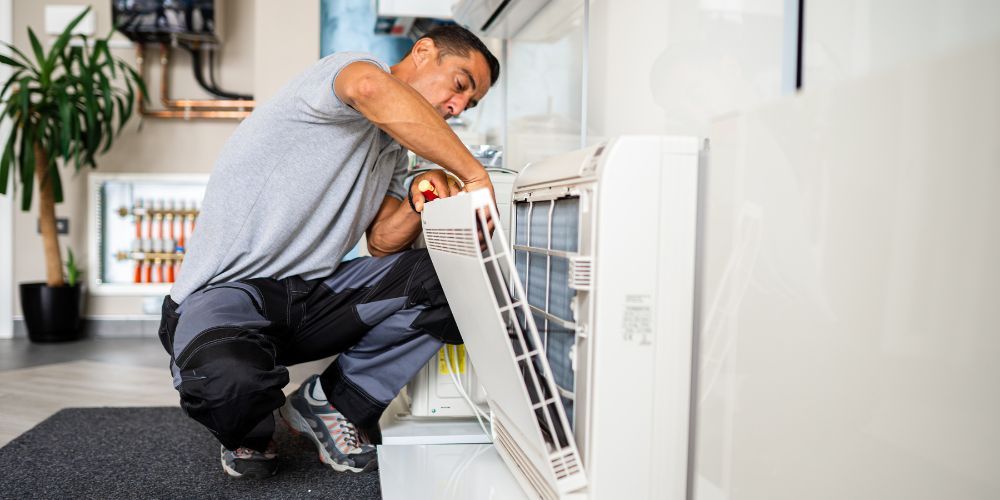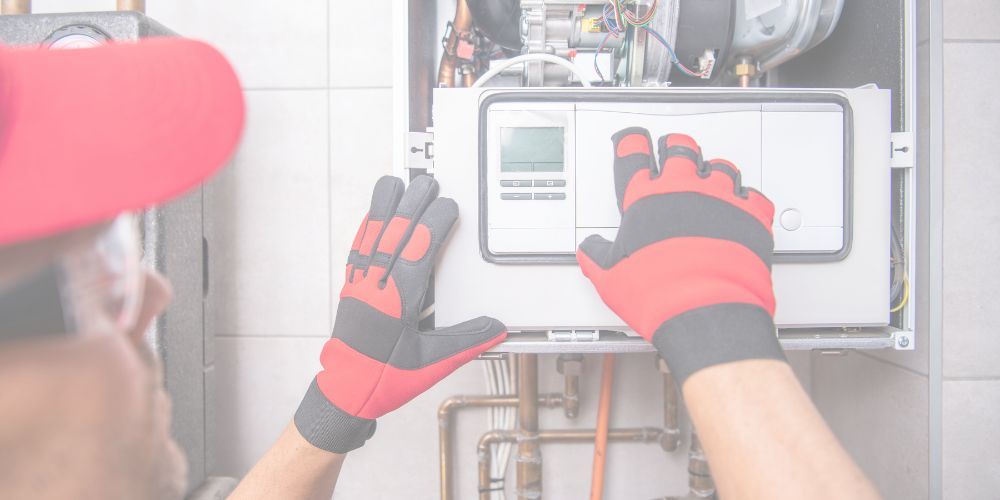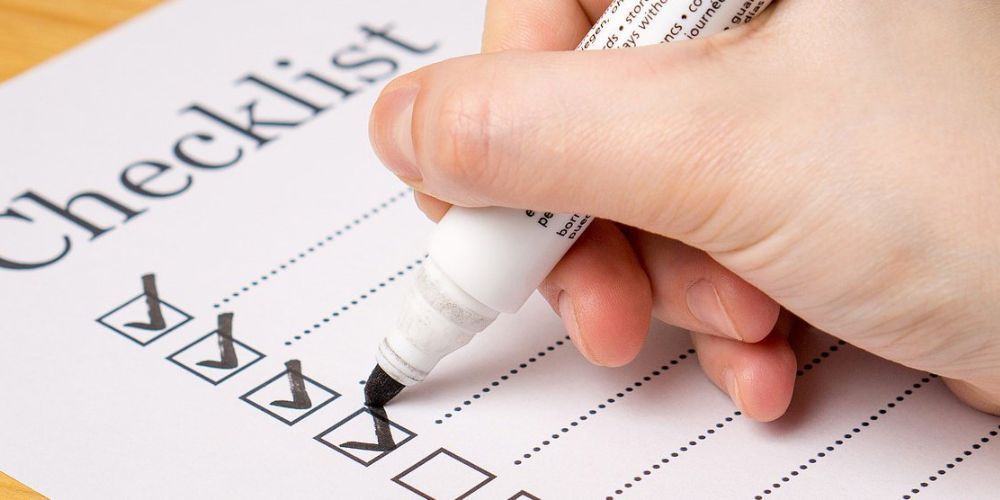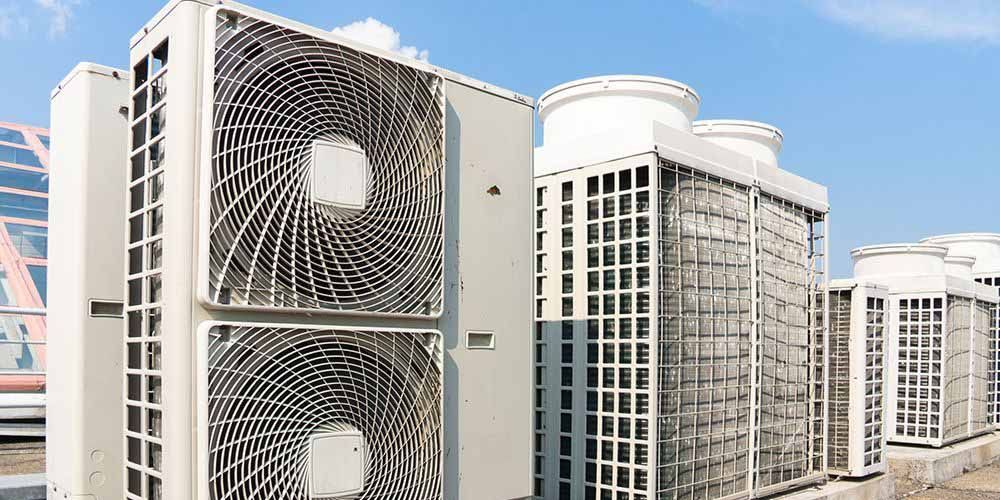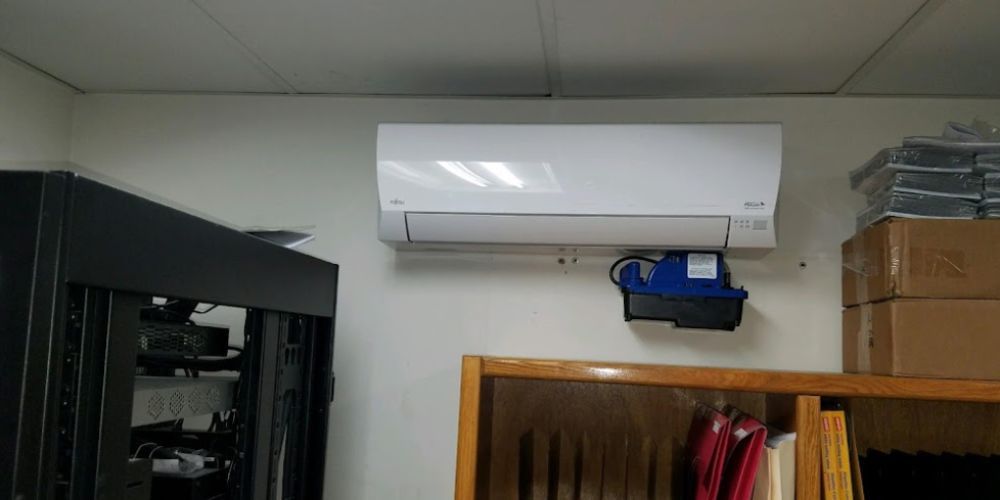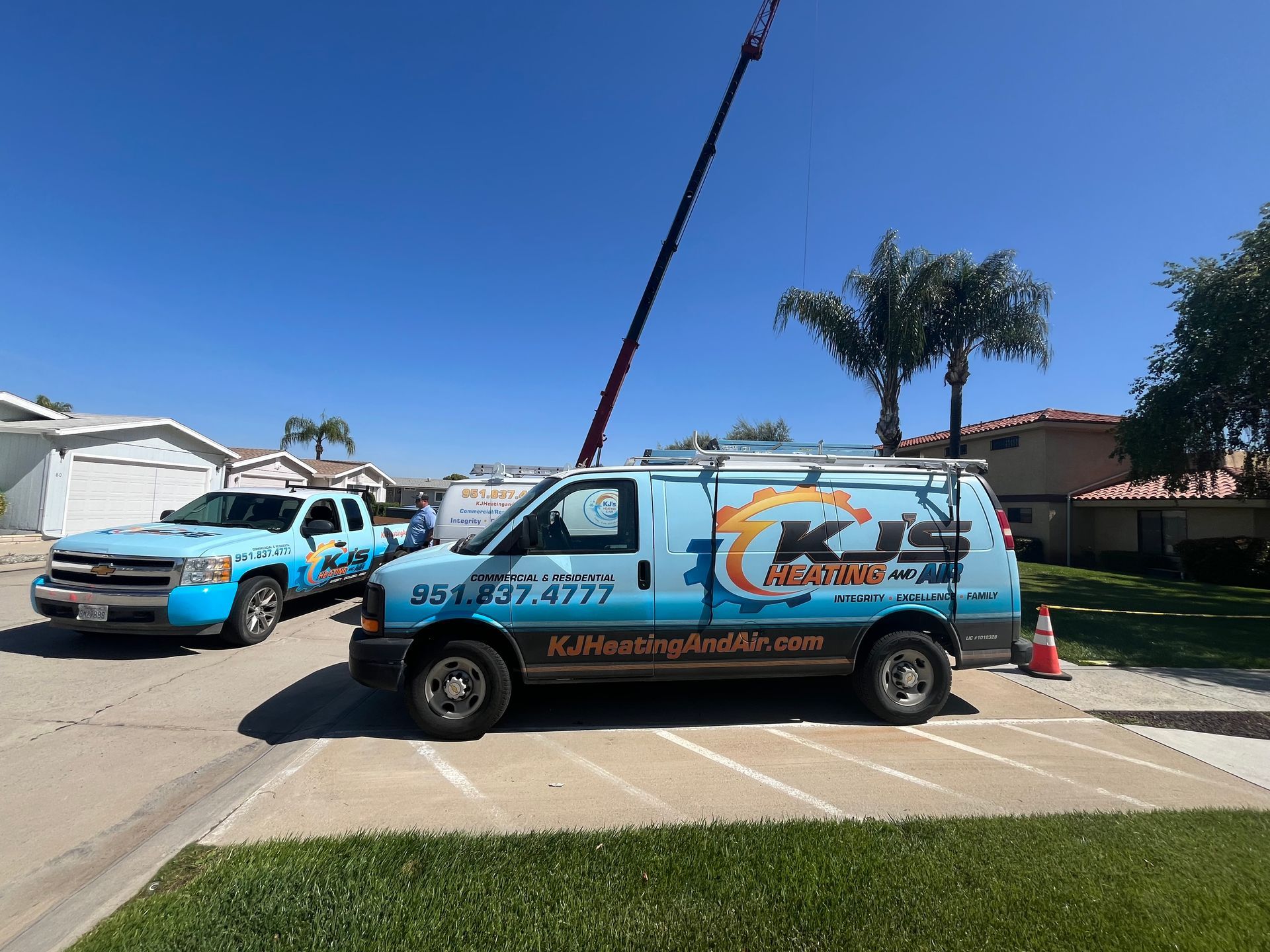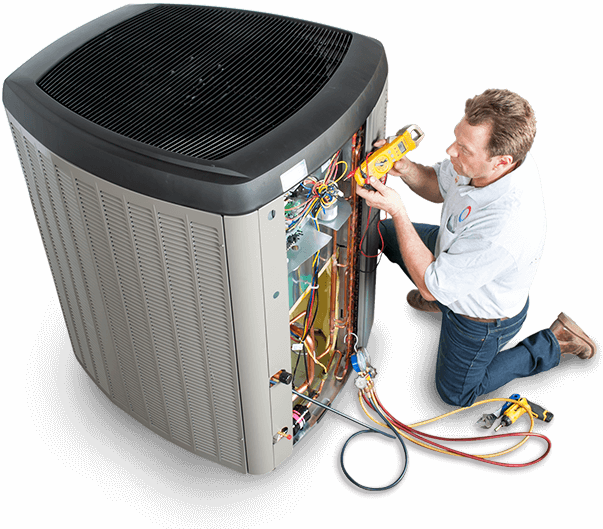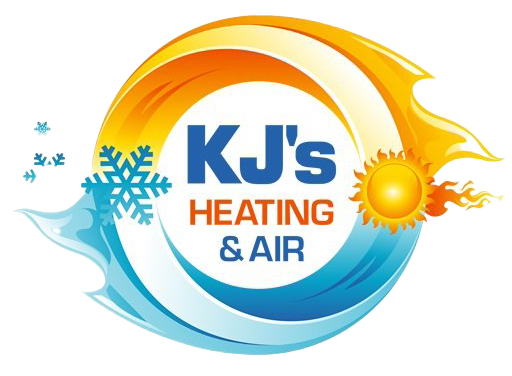How to Balance Room Temperature of Your Home: DIY Solutions
Maintaining the right room temperature in your home is essential for comfort and energy efficiency. However, balancing factors like sunlight exposure, insulation quality, and HVAC system performance can be challenging, all of which influence the indoor climate. To help understand how to address temperature imbalances, we have compiled the following, outlining several DIY solutions that homeowners can use.
Here Are the DIY Solutions for Balancing Temperature
You might have tried several ways to find the right solution for balancing temperature, but if you need help finding something that works, you are in the right place. Let’s learn a few valuable ways how to balance room temperature without draining your bank account.
Identifying Temperature Imbalances
Before implementing any DIY strategies, you must pinpoint where the temperature imbalances exist in your home. Are there any rooms in the house that have a noticeably different temperature? Are there any spots that feel hotter or colder than others? Are vents blowing air consistently (or at all), and is the thermostat reading the same in every room of the house? Knowing the answers to these questions can help homeowners slowly but surely bring their homes back to equilibrium.
Adjusting Air Vents
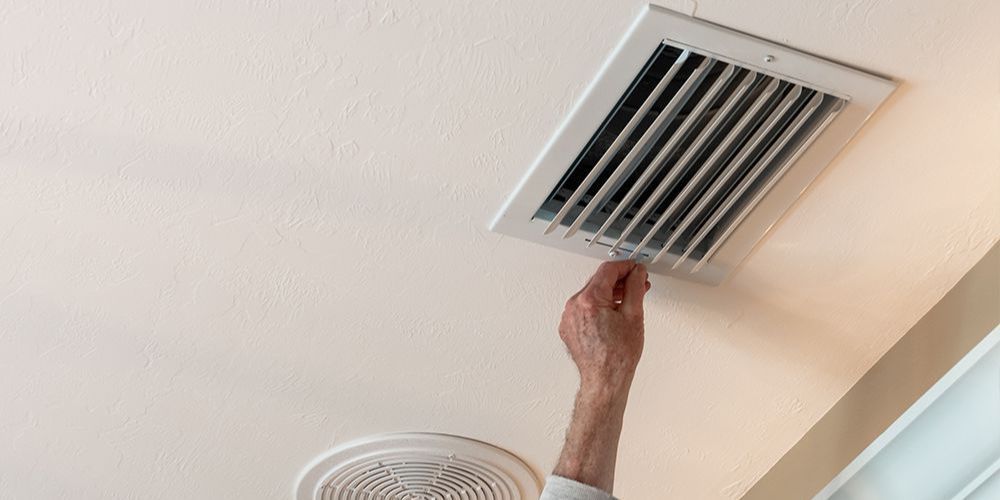
If your goal is to balance room temperature in your home, the first step is adjusting airflow from the HVAC system's air vents. Partially close vents in rooms that tend to be warmer than others. With less airflow in these warmer rooms, cooler areas will get more, causing your home's conditioned air to be more evenly distributed. Play around with different vent positions until the temperature is consistent and comfortable in every room!
Sealing Leaks in Ductwork
Leaky ductwork is a notorious contributing factor to temperature imbalances. Conditioned air escapes through leaks, gaps, and disconnections in ductwork and never reaches its designated endpoint. Basements, attics, and crawl spaces are especially likely to have leaky ducts. If your forced-air system needed a tune-up this past fall, now is an excellent time to check over the ductwork and add sealing as needed. This way, you'll improve household temperatures, and the HVAC system will be more effective and energy-efficient.
Installing Ceiling Fans
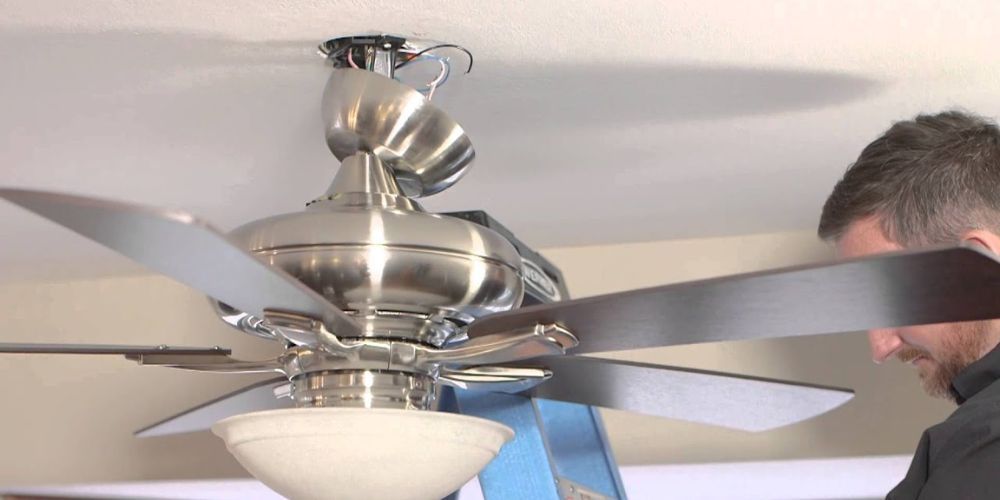
Ceiling fans can be your best friend year-round by maintaining comfortable indoor temperatures no matter the season. In the warmer months, set your ceiling fan to rotate counterclockwise to create a cooling breeze. That will distribute air more evenly and make the room feel cooler than it is. In the colder months, reverse the fan's direction clockwise to gently push warm air down from the ceiling and eliminate hot spots where the air stacks near the top of the room. The strategic installation of ceiling fans in key areas like living rooms and bedrooms can dramatically improve temperature balance in your home and reduce energy costs.
HVAC Filters Replacement
An obstructed airflow prompted by clogged or dirty filters can significantly reduce an HVAC system's efficiency and disrupt the temperature balance throughout your home. Check your HVAC filters regularly and replace them according to your manufacturer's recommendations. The job is easy and requires no tools. Add it to your calendar, use a smartphone reminder to perform this task, and keep track of the filters you'll need for replacements.
Clean filters permit proper airflow, which diminishes the load on an HVAC system. To your system, this means less strain and a more consistent distribution of conditioned air. By maintaining clean filters, you also minimize your HVAC system's energy consumption, optimize its performance, and improve the indoor air quality in your home. These benefits can lead to a more comfortable indoor environment for you and your family.
Check Thermostat Settings
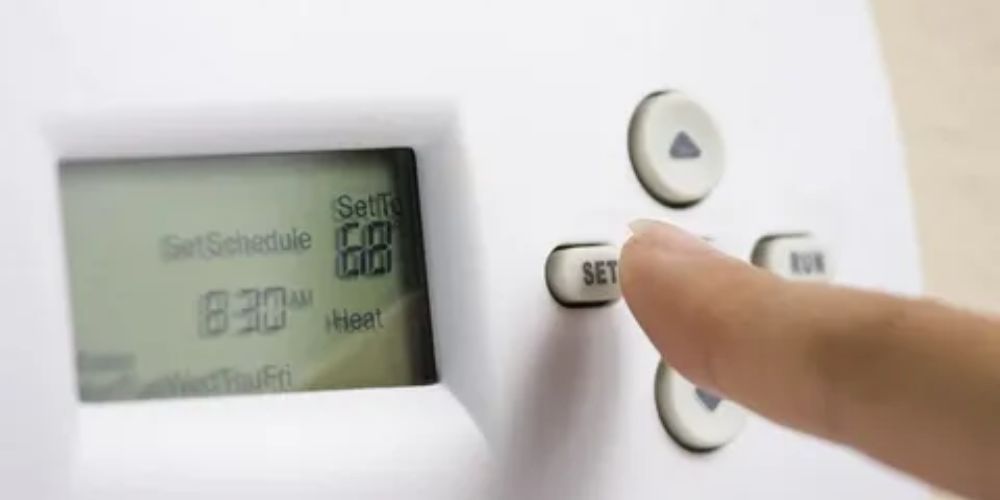
You probably don't think much about the settings on your thermostat, but it plays a crucial role in maintaining a comfortable room temperature and achieving top energy efficiency. Here's how to work it:
Develop a plan for ideal comfort settings, then program your thermostat to conform to this program. Your settings should reflect your daily activities and comfort requirements, and the thermostat should be adjusted to change temperature settings automatically as the house is occupied and empty.
Smart thermostats are the best option, especially those you can adjust from a smartphone. Many allow remote scheduling changes. With the proper thermostat settings, you can ensure your HVAC equipment works efficiently and maximize your comfort.
When to Seek Expert Advice
Although the solutions above may fix many of the temperature imbalances in your home, there are some situations where you'll want a professional to solve the problem. If you have tried all of the DIY solutions and still have rooms that aren't the same temperature, you suspect that your HVAC system is not balanced, or you would like to explore a system fix, KJ's Heating and Air can give you the help you're looking for. These professionals have experience with all types of homes and can diagnose and repair your temperature issues quickly and effectively.
